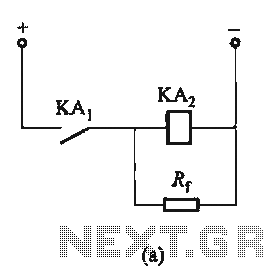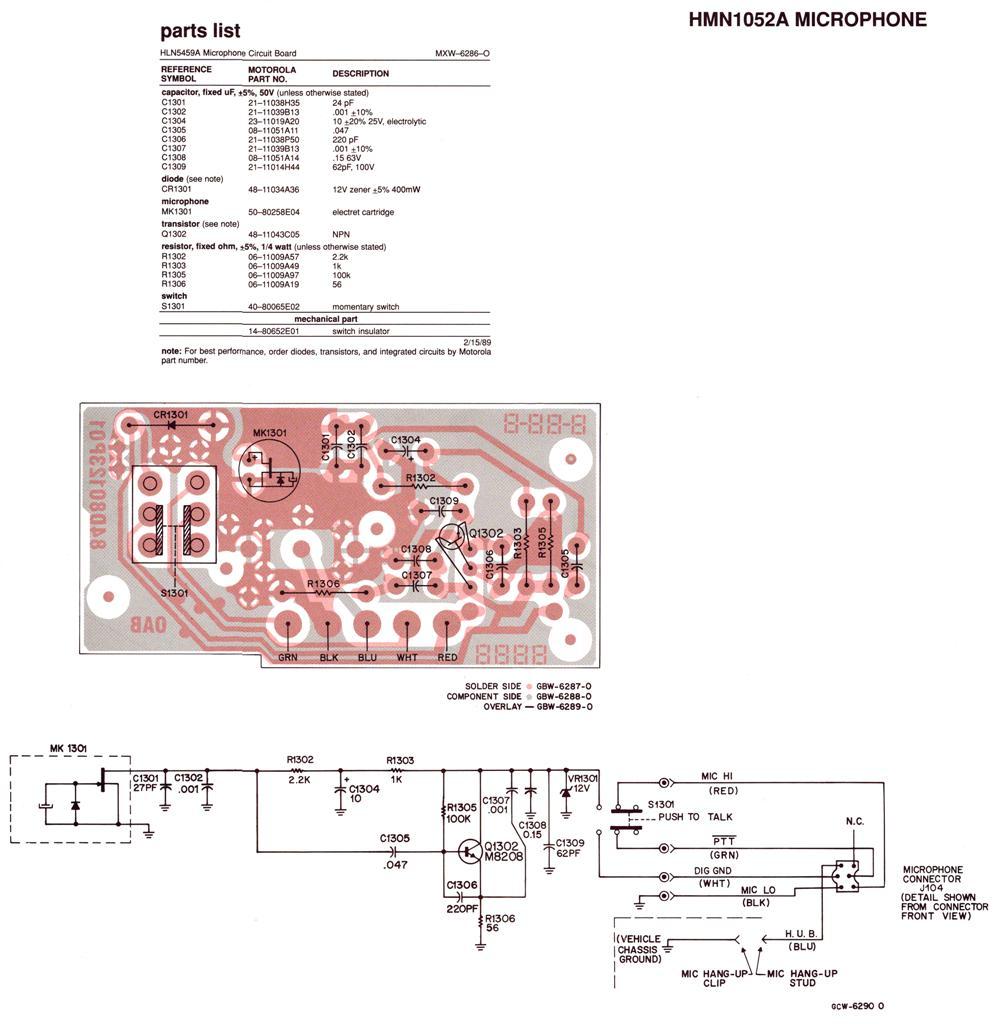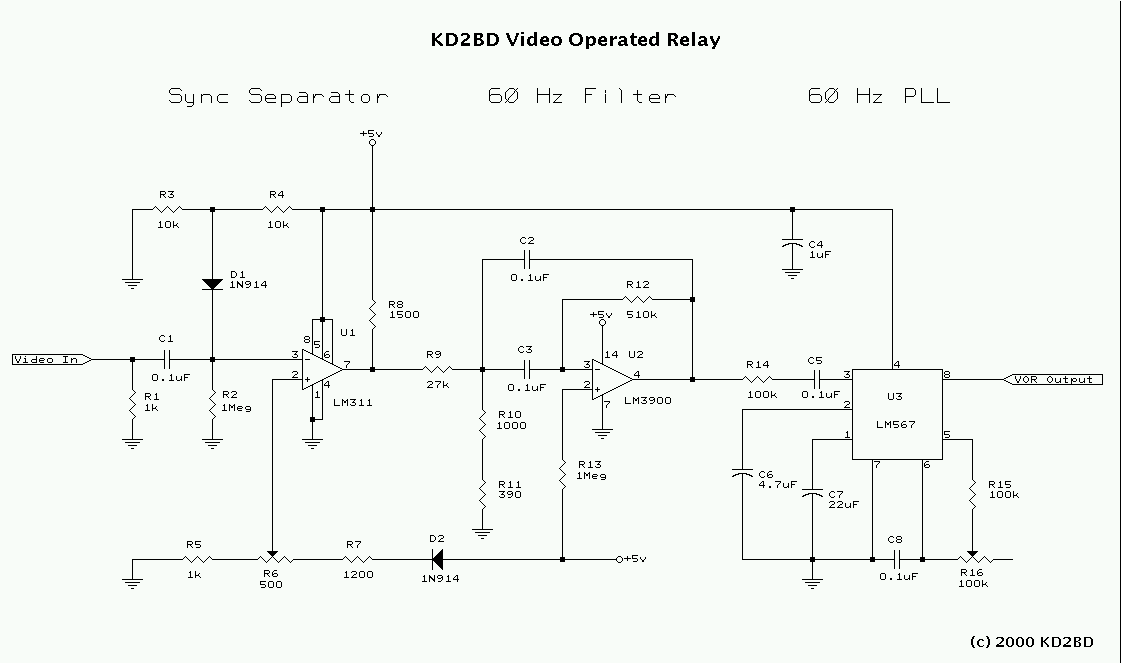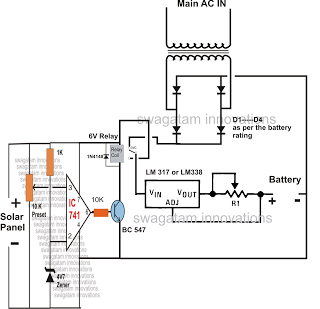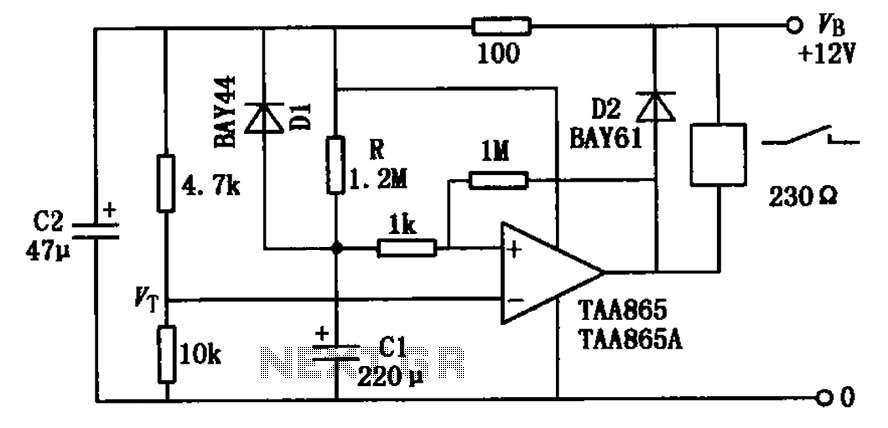
Spitfire/GT6 Relay and Blinker Information
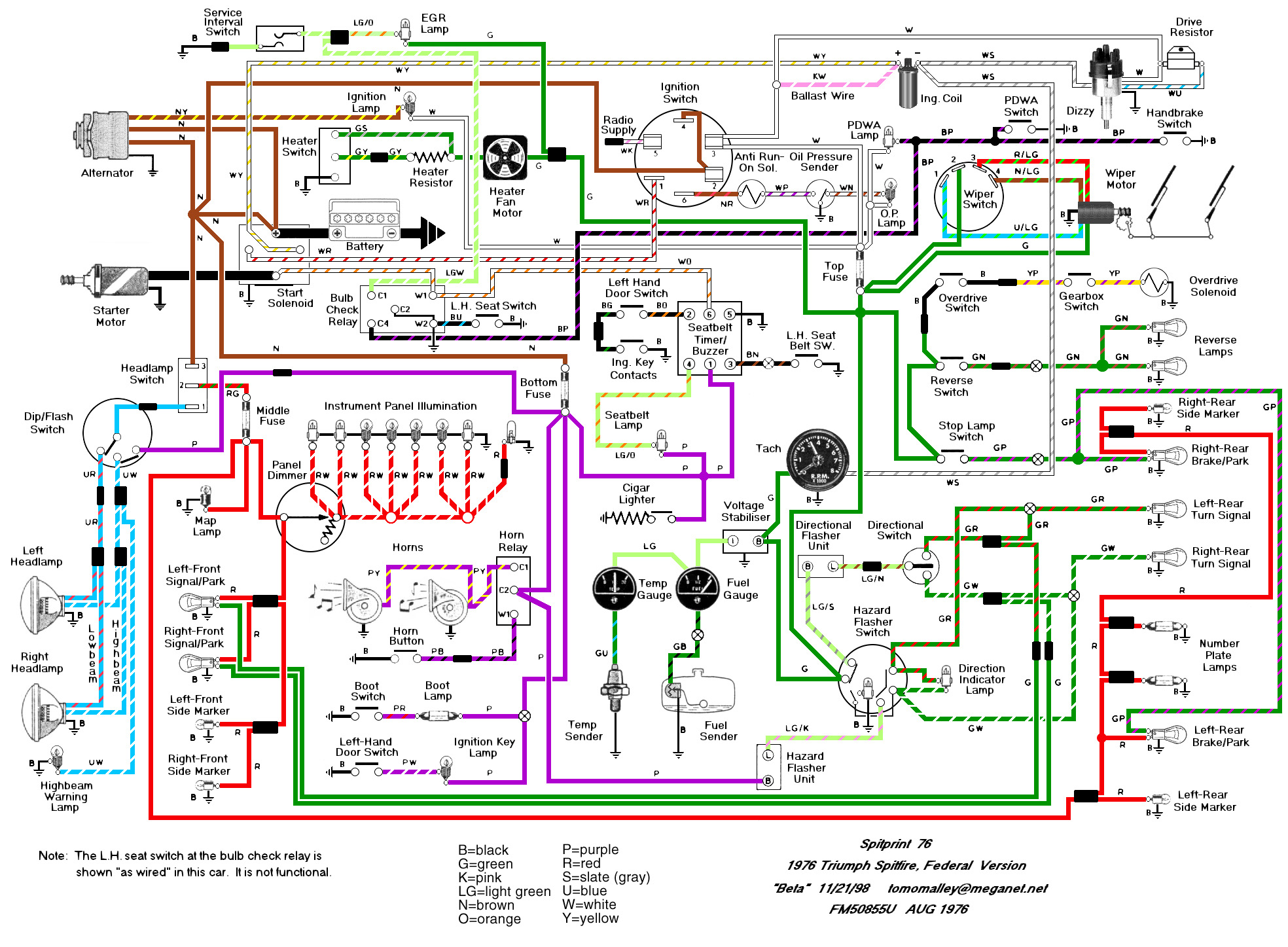
The Haynes manual is quite confusing regarding the labeling of relays on Spitfires. The two main sources of confusion are: 1. The illustrations depict right-hand drive cars with different relay locations, and 2. The naming of the relays is unusual, particularly for North American Spitfire owners. Three relays are grouped together on the bulkhead next to the master cylinders (not the battery box, as stated in the Haynes manual for right-hand drive cars in the UK). These relays include the Hazard Flasher relay, the Horn relay, and another relay with a confusing name: green/white (connected to the C1 terminal), black/purple (connected to the C4 terminal), white/orange (connected to the W1 terminal), and a double black combination (black/blue & black connected to W2 with a black jumper between C2 and W2). This relay should be referred to as the "Pre-Driving Checks" relay. The Haynes manual incorrectly labels it as the Overdrive relay. Research indicates it is also referred to as the Bulb Check relay and the Starter relay. Its function involves controlling several US government-mandated devices, such as the seatbelt warning light/buzzer, EGR service light, and the PDWA (brake failure) light. It is important to note that the Hazard and Blinker relays were combined into a single relay for 1978-80 cars, located behind the dashboard (somewhere below the tachometer or speedometer). This "Flasher" relay features three wires (light green/gray, light green/brown, and green/light green). The Haynes manual's wiring diagram is significantly inaccurate regarding this relay for 1976 cars. However, a reliable wiring diagram is available for download (1. 1MB).
The Spitfire's relay configuration is critical for the proper functioning of various electrical components within the vehicle. The grouping of relays on the bulkhead near the master cylinders is designed to optimize space and accessibility, particularly for maintenance and troubleshooting. The Hazard Flasher relay plays a vital role in signaling the vehicle's presence during emergencies, while the Horn relay provides essential auditory warnings to other road users.
The relay designated as the "Pre-Driving Checks" relay is particularly notable due to its involvement in multiple safety systems. Its connections to the seatbelt warning light/buzzer ensure compliance with safety regulations, alerting the driver and passengers to fasten their seatbelts before driving. The EGR service light indicates the operational status of the exhaust gas recirculation system, which is crucial for reducing emissions and enhancing engine performance. The PDWA light serves as an important safety feature by warning the driver of potential brake system failures, thereby promoting safe driving practices.
The combination of the Hazard and Blinker relays in later models reflects an evolution in design aimed at simplifying the electrical system and reducing component count. The relocation of this combined relay behind the dashboard illustrates a shift towards a more integrated approach to vehicle wiring, enhancing aesthetics and potentially reducing the risk of damage from external elements.
For technicians and enthusiasts working on the Spitfire, understanding the accurate wiring configuration and relay designations is essential. The discrepancies in the Haynes manual highlight the importance of consulting multiple sources or verified wiring diagrams to ensure proper diagnosis and repair of electrical issues. Access to a reliable wiring diagram can facilitate effective troubleshooting and maintenance, ultimately contributing to the longevity and reliability of the Spitfire's electrical system.The Haynes manuals is extremely confusing regarding the labeling of the relays on Spitfires. The two ways they confuse readers is 1. the illustrations show right hand drive cars with different locations for relays, and 2. the naming of the relays is strange (at least to North American Spit owners). There are three relays grouped together on the bu lkhead next to the master cylinders (not the battery box as Haynes says. this is for Right Hand Drive cars in the UK). The relays are the Hazard Flasher relay, Horn relay, and another confusingly named relay: green/white (to the C1 terminal), black/purple (to the C4 terminal), white/orange (to the W1 terminal), Double black combo (black/blue & black to W2 with a black jumper between C2 and W2) This relay should be called "Pre-Driving Checks" relay. The Haynes manual shows it in the photo calling it the Overdrive relay. When researching this page I found it also called Bulb Check relay and Starter relay. Apparently its job is to have a hand in the control such US government mandated devises as the seatbelt warning light/buzzer, EGR service light, and the PDWA (brake failure) light.
Note that the Hazard and Blinker relays were combined into a single one for 1978-80 cars and was located behind the dash (somewhere below the tach or speedo). This "Flasher" relay now had 3 wires (light green/gray, light green/brown and green/light green). If you haven`t guessed, the Haynes manual`s wiring diagram is VERY wrong around this relay on 76 cars.
A great wiring diagram is available for download however. (1. 1Mb) 🔗 External reference
The Spitfire's relay configuration is critical for the proper functioning of various electrical components within the vehicle. The grouping of relays on the bulkhead near the master cylinders is designed to optimize space and accessibility, particularly for maintenance and troubleshooting. The Hazard Flasher relay plays a vital role in signaling the vehicle's presence during emergencies, while the Horn relay provides essential auditory warnings to other road users.
The relay designated as the "Pre-Driving Checks" relay is particularly notable due to its involvement in multiple safety systems. Its connections to the seatbelt warning light/buzzer ensure compliance with safety regulations, alerting the driver and passengers to fasten their seatbelts before driving. The EGR service light indicates the operational status of the exhaust gas recirculation system, which is crucial for reducing emissions and enhancing engine performance. The PDWA light serves as an important safety feature by warning the driver of potential brake system failures, thereby promoting safe driving practices.
The combination of the Hazard and Blinker relays in later models reflects an evolution in design aimed at simplifying the electrical system and reducing component count. The relocation of this combined relay behind the dashboard illustrates a shift towards a more integrated approach to vehicle wiring, enhancing aesthetics and potentially reducing the risk of damage from external elements.
For technicians and enthusiasts working on the Spitfire, understanding the accurate wiring configuration and relay designations is essential. The discrepancies in the Haynes manual highlight the importance of consulting multiple sources or verified wiring diagrams to ensure proper diagnosis and repair of electrical issues. Access to a reliable wiring diagram can facilitate effective troubleshooting and maintenance, ultimately contributing to the longevity and reliability of the Spitfire's electrical system.The Haynes manuals is extremely confusing regarding the labeling of the relays on Spitfires. The two ways they confuse readers is 1. the illustrations show right hand drive cars with different locations for relays, and 2. the naming of the relays is strange (at least to North American Spit owners). There are three relays grouped together on the bu lkhead next to the master cylinders (not the battery box as Haynes says. this is for Right Hand Drive cars in the UK). The relays are the Hazard Flasher relay, Horn relay, and another confusingly named relay: green/white (to the C1 terminal), black/purple (to the C4 terminal), white/orange (to the W1 terminal), Double black combo (black/blue & black to W2 with a black jumper between C2 and W2) This relay should be called "Pre-Driving Checks" relay. The Haynes manual shows it in the photo calling it the Overdrive relay. When researching this page I found it also called Bulb Check relay and Starter relay. Apparently its job is to have a hand in the control such US government mandated devises as the seatbelt warning light/buzzer, EGR service light, and the PDWA (brake failure) light.
Note that the Hazard and Blinker relays were combined into a single one for 1978-80 cars and was located behind the dash (somewhere below the tach or speedo). This "Flasher" relay now had 3 wires (light green/gray, light green/brown and green/light green). If you haven`t guessed, the Haynes manual`s wiring diagram is VERY wrong around this relay on 76 cars.
A great wiring diagram is available for download however. (1. 1Mb) 🔗 External reference
